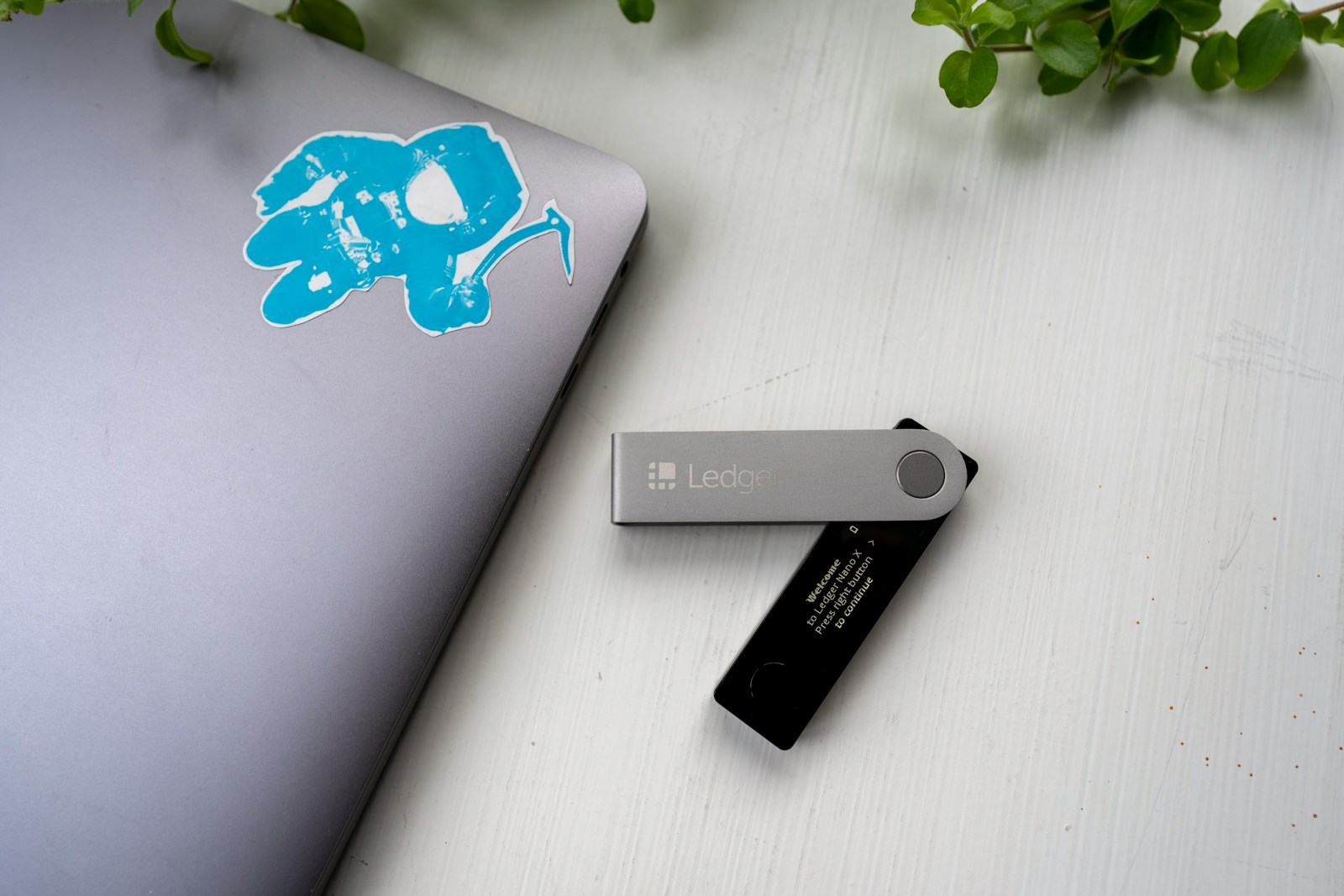
The platform offers a seamless method to supply assets as collateral and earn interest with competitive annual percentage yields (APYs) currently ranging from 4% to 12%, depending on the token. Users can leverage their deposited cryptocurrencies to borrow stablecoins or other supported tokens, paying variable interest rates that fluctuate according to market demand and utilization ratios. This dynamic rate model ensures efficient capital allocation while maintaining system solvency.
By locking collateral within the system, participants gain access to instant liquidity without liquidating holdings. The governance token XVS plays a key role here, providing holders with voting rights over protocol parameters such as collateral factors, liquidation thresholds, and borrowing caps. Recent updates introduced improved risk management mechanisms reducing liquidation penalties by up to 15%, which directly benefits borrowers during volatile periods on Binance Smart Chain.
Comparing this decentralized money market with traditional finance shows notable advantages: near-instant transaction finality, minimal fees averaging around 0.2%, and transparent smart contract audits verified by third parties. However, users must carefully monitor collateralization ratios – typically set between 50% and 75% – to avoid forced liquidations triggered when asset prices drop sharply. Advanced tools integrated into the interface provide real-time alerts and analytics for better decision-making.
Venus protocol: lending and borrowing on BSC [DeFi & Protocols defi]
Utilizing the Venus ecosystem on Binance Smart Chain (BSC) offers a streamlined way to access decentralized finance services, particularly through asset loan issuance and collateralized debt positions. The platform’s interest rate model dynamically adjusts based on supply and demand metrics, often resulting in more competitive yields compared to Ethereum-based alternatives. For instance, recent data shows annual percentage rates (APR) for stablecoin deposits fluctuating between 6% and 12%, while borrowing costs for volatile assets like BNB can range from 8% up to 15%, depending on market liquidity.
The system employs XVS as its native governance token, which not only incentivizes participation but also provides voting power over critical decisions such as protocol upgrades or risk parameter adjustments. This dual functionality allows users to influence collateral factors and interest rate curves, aligning stakeholder interests with platform sustainability. Moreover, XVS holders can stake tokens within the platform to earn additional rewards, creating a layered incentive structure that benefits long-term participants.
Technical mechanisms underpinning asset utilization
Collateral management is integral to maintaining solvency within this DeFi environment. Users deposit supported tokens–ranging from BEP-20 stablecoins like USDT and BUSD to more speculative assets such as BTCB–to mint synthetic stablecoins or borrow other digital currencies. The protocol enforces strict liquidation thresholds; should the value of deposited collateral fall below a predefined ratio (commonly 75%-85%), automated liquidators trigger margin calls to protect lenders’ capital. This mechanism is bolstered by real-time oracle feeds provided by Chainlink, ensuring accurate asset price tracking on BSC.
Interest accrual operates continuously rather than at fixed intervals, leveraging block timestamps for precision accounting. Borrowers pay compounded interest calculated per block, which incentivizes timely repayment and affects borrowing behavior during periods of heightened volatility. Lending providers receive proportionate shares of accumulated interest based on their pool contribution size–this proportional distribution is critical when assessing expected returns under varying market conditions.
- Real-world adoption example: A trader utilizing XVS-collateralized loans was able to leverage positions without exiting spot holdings during Q1 2024’s bullish rally.
- Risk mitigation: Stop-loss triggers integrated into Venus allow proactive management of liquidation exposure.
- Comparative rates: Stablecoin borrowing APR averaged around 9% on Venus versus approximately 12% on competing protocols operating cross-chain.
Recent protocol upgrades have enhanced cross-chain interoperability features via bridges connecting BSC assets with Ethereum networks. This significantly broadens available collateral options and liquidity pools accessible within the framework, increasing capital efficiency for both lenders and borrowers. Additionally, improvements in gas cost optimization have reduced transaction fees by up to 30%, further supporting micro-lending activities that were previously uneconomical due to overhead expenses.
A nuanced understanding of these parameters helps optimize strategies depending on user profiles–whether seeking yield generation via liquidity provision or leveraging assets for increased market exposure through borrowed funds. Monitoring real-time changes in interest rate models can alert participants about shifts in protocol health or emerging arbitrage opportunities between different DeFi platforms operating within the Binance Smart Chain ecosystem.
How to Supply Assets on Venus
To supply assets on the Venus platform, users first connect their wallets compatible with the Binance Smart Chain network. Once connected, selecting an asset from the supported list–such as BNB, BUSD, or USDT–is required. Supplying involves depositing tokens into the system’s smart contracts, which then allows these assets to be used as collateral or for earning interest. The process is streamlined through the interface, but it’s essential to verify current rates and ensure wallet balances cover gas fees before confirming transactions.
The supplied tokens immediately begin accruing interest, reflected in real-time via aTokens specific to each asset type. These tokens represent your stake plus earned yield within the ecosystem. It’s critical to monitor both variable supply rates and borrowing rates that fluctuate based on demand and liquidity pools’ status. For example, during periods of high demand for stablecoins like USDC, supply rates can approach 12% APR, incentivizing increased deposits.
Collateral Management and Risk Assessment
Assets deposited serve as collateral, enabling participants to access loans without selling their holdings outright. Each token has a predefined collateral factor indicating how much borrowing power it provides relative to its value; for instance, BNB often holds a collateral factor around 75%. Understanding these parameters helps manage liquidation risks effectively. A sudden drop in market prices may trigger margin calls if supplied assets fall below required thresholds.
The protocol’s algorithm adjusts user health factors dynamically by incorporating real-time price feeds from decentralized oracles. This mechanism protects lenders while maintaining efficient capital utilization across the platform. Case studies show that users leveraging diversified baskets of supplied coins reduce volatility exposure compared to those relying solely on volatile native tokens such as XVS.
- Example: A supplier providing $10,000 worth of BUSD at a 7% annualized interest rate might earn approximately $700 annually, minus platform fees.
- Contrast: Supplying more volatile assets like XVS could yield higher returns but entails increased risk due to price fluctuations impacting collateral value.
Recent updates have enhanced integration with Binance Smart Chain’s cross-chain bridges, facilitating seamless transfers and expanding asset availability for supply. This evolution improves liquidity depth and diversifies options beyond traditional stablecoins. Users should regularly review protocol upgrades and adjust their portfolios accordingly to optimize returns while mitigating exposure.
An additional consideration involves analyzing borrowed versus supplied ratios within personal accounts. Maintaining conservative leverage ensures consistent access to accrued interest, minimizing forced liquidations during market downturns. Tools embedded in the dashboard provide detailed analytics on utilization rates and forecasted earnings based on current parameters–valuable for strategic planning in decentralized finance environments operating atop BSC infrastructure.
Collateral Management on Venus
Effective collateral oversight is a cornerstone for efficient credit operations within the Binance Smart Chain ecosystem. The system mandates users to lock digital assets as security to access liquidity pools, enabling asset borrowing against these reserves. Each asset’s collateral factor determines how much value can be drawn, directly influencing borrowing capacity and risk exposure. For instance, stablecoins like USDC typically have higher collateral factors due to lower volatility compared to volatile tokens, ensuring optimized utilization of locked capital.
Interest accrual rates dynamically adjust based on market demand and supply metrics on the platform. This dynamic rate setting affects both deposit yields and borrowing costs, incentivizing optimal liquidity distribution. Additionally, governance token holders can influence protocol parameters, including collateral requirements and liquidation thresholds, through voting mechanisms that maintain system stability amid fluctuating conditions. The native token XVS plays a pivotal role here, granting stakeholders decision-making power while also serving as a reward mechanism for participants managing risks effectively.
Technical Framework and Risk Controls
The architecture integrates real-time oracle feeds to update asset valuations continuously, ensuring accurate collateral-to-debt ratios are maintained. When loan-to-value limits approach critical thresholds, the protocol triggers liquidation processes to protect overall solvency. For example, if a borrower’s position exceeds 75% of the collateral factor on an asset with high volatility, automated mechanisms initiate partial or full asset seizure at discounted prices to cover outstanding debt. Such mechanisms mitigate systemic risk but require precise calibration to avoid unnecessary liquidations during short-term market fluctuations.
A comparative case study revealed that diversification of collateral types within user portfolios significantly reduces liquidation incidences under volatile conditions observed during Q1 2024 market swings. Users employing mixed baskets–combining stablecoins and blue-chip tokens–benefited from more favorable borrowing rates and sustained access to liquidity. Meanwhile, single-asset collateralization exposed borrowers to sharper interest spikes and margin calls. These insights emphasize strategic asset selection’s impact on financial efficiency within decentralized lending frameworks operating on BSC networks.
Borrowing stablecoins step-by-step
To initiate a loan of stablecoins within the Venus ecosystem, the first crucial action involves depositing suitable collateral into the platform. This collateral acts as a security deposit and determines the borrowing capacity based on its value and volatility. For example, depositing Binance Coin (BNB) or other supported assets enables users to unlock borrowing power up to a specific Loan-to-Value (LTV) ratio–often ranging from 50% to 75%, depending on risk parameters predefined by the system.
Following collateralization, borrowers can select stablecoins such as USDT or BUSD for withdrawal. The protocol calculates interest rates dynamically, influenced by supply-demand metrics and market conditions on Binance Smart Chain networks. Current annual percentage yields (APYs) for borrowing may fluctuate between approximately 7% to 12%, reflecting liquidity availability and utilization rates across pools. Keeping an eye on these metrics is essential since fluctuating interest impacts repayment schedules and overall cost.
Step-by-step process of obtaining stablecoin loans using Venus
- Connect wallet: Use Metamask or Trust Wallet connected to Binance Smart Chain, ensuring sufficient native tokens (BNB) for transaction fees.
- Deposit collateral: Select approved assets and transfer them onto the platform, confirming their market valuation aligns with borrowing goals.
- Enable borrowing: Enable token-specific permissions allowing protocol contracts to interact with your collateralized funds.
- Select desired stablecoin: Choose from available options such as XVS-backed stablecoins or third-party tokens like USDC, considering current liquidity pools.
- Review interest rates and terms: Analyze real-time annual interest percentages displayed by the system before finalizing the loan request.
- Execute borrow transaction: Confirm on-chain transaction; loaned funds will be credited instantly post confirmation.
The interplay between collateral valuation and borrowed amounts directly influences liquidation thresholds. If asset prices drop significantly on BSC markets causing LTV ratios to exceed safe limits, automatic liquidations may occur to protect lenders’ interests. Therefore, continuous monitoring of price feeds is indispensable, especially during periods of high volatility or significant market shifts.
An interesting case study involves an investor who deposited $10,000 worth of BNB as collateral when BNB was priced near $300. With an LTV of 65%, they borrowed approximately $6,500 in stablecoins at a 9% annual interest rate. By strategically repaying portions before interest accrual compounded heavily, they optimized their leverage without risking liquidation during minor price retracements–a practical illustration of balancing risk versus reward using this decentralized lending framework.
Mitigating Liquidation Risks in Decentralized Finance on BSC
Maintaining optimal collateral ratios remains the most direct approach to preventing liquidations within lending frameworks on Binance Smart Chain. Given the protocol’s dynamic interest rates and volatile asset valuations, borrowers must continuously monitor their positions, especially when collateral assets exhibit sudden price swings exceeding 10-15% within short timeframes.
Liquidation events often stem from insufficient collateralization triggered by rapid market downturns or abrupt spikes in borrowing costs denominated in XVS or other governance tokens. For example, during periods where annual percentage rates (APR) surpass 20%, leveraged positions can deteriorate swiftly if borrowers fail to adjust their collateral accordingly. Protocol-level safeguards like automated health factor calculations and real-time liquidation thresholds help mitigate these risks but do not eliminate the need for proactive user management.
Technical Insights and Future Directions
- Adaptive Interest Models: Introducing algorithmic interest rates that respond more granularly to market volatility could reduce forced liquidations by aligning borrowing costs with risk profiles.
- Collateral Diversity: Expanding supported collateral types beyond volatile assets provides users with tools to hedge against sharp price corrections without exiting positions entirely.
- XVS Incentivization: Leveraging governance token rewards to encourage timely repayments and overcollateralization has shown promise in lowering default probabilities across various lending pools.
The interplay between protocol design and market behavior highlights how liquidations are not solely a function of asset prices but also of systemic parameters embedded into smart contracts. Real-time data feeds combined with predictive analytics could enable more sophisticated margin calls that preempt critical undercollateralization before it triggers liquidation cascades affecting overall liquidity pools.
In conclusion, risk mitigation strategies centered on continuous collateral monitoring, adaptive rate mechanisms, and incentivized user actions will shape the resilience of decentralized credit systems on BSC. As the ecosystem matures, integrating cross-protocol composability and multi-chain asset management will further reduce liquidation shocks while enhancing capital efficiency for all participants involved in lending and borrowing activities.






